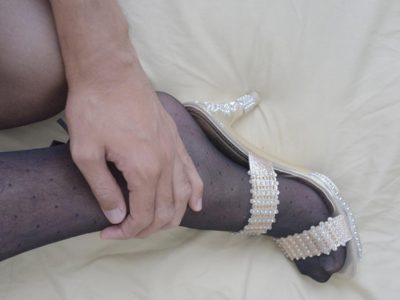FotoFirst — ‘Becoming a Specter’ is Daniel Coburn’s Very Personal Family Photo Album
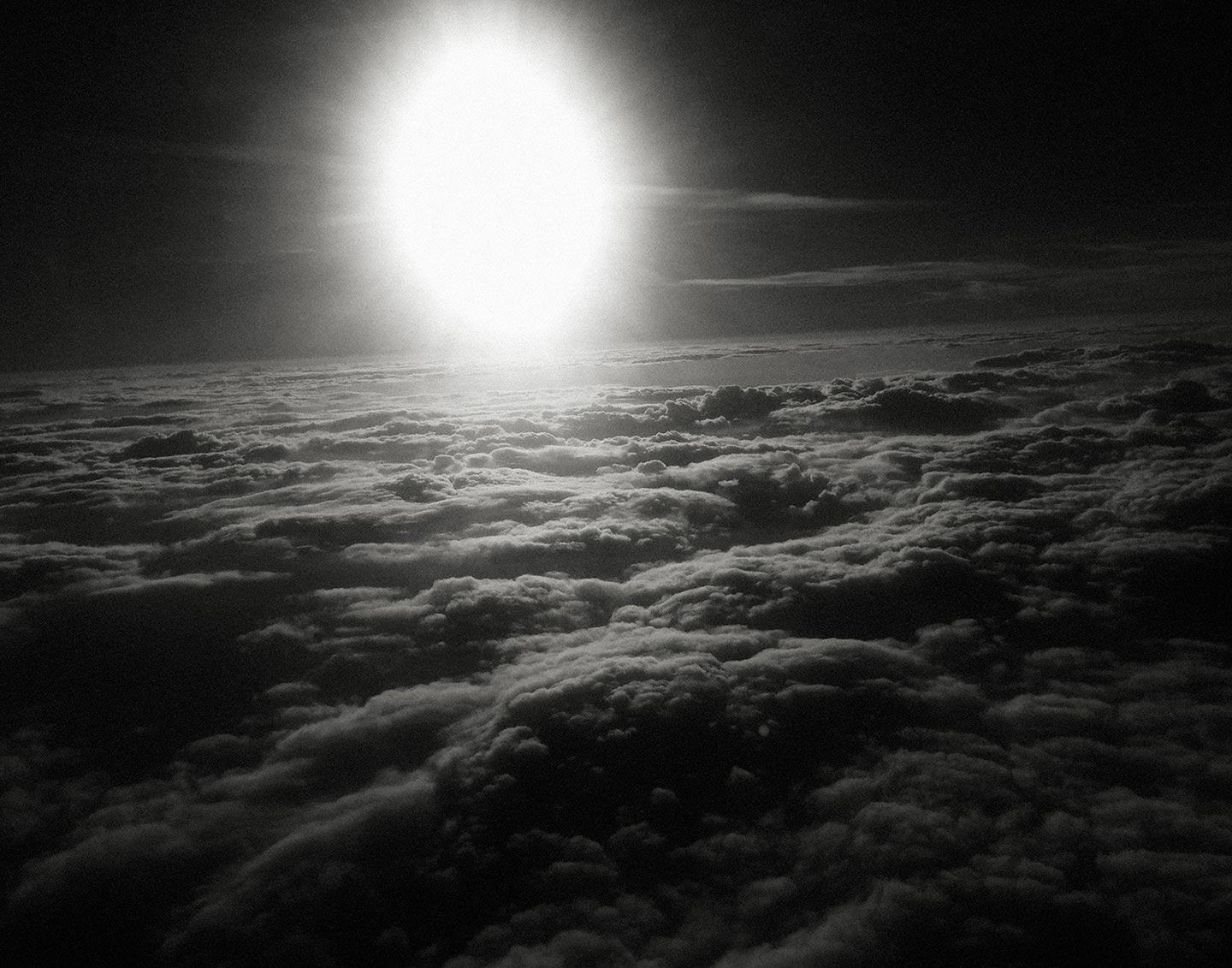
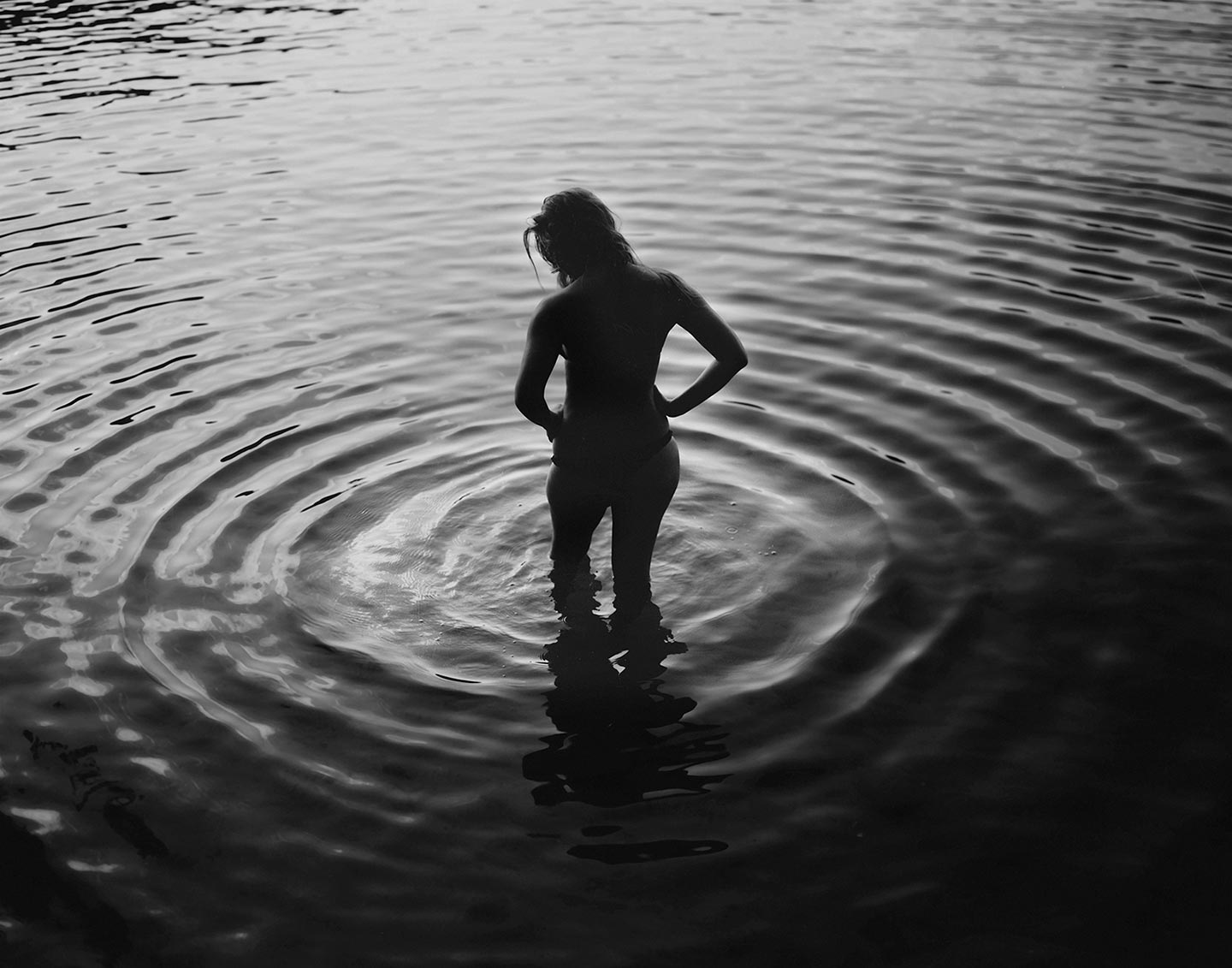
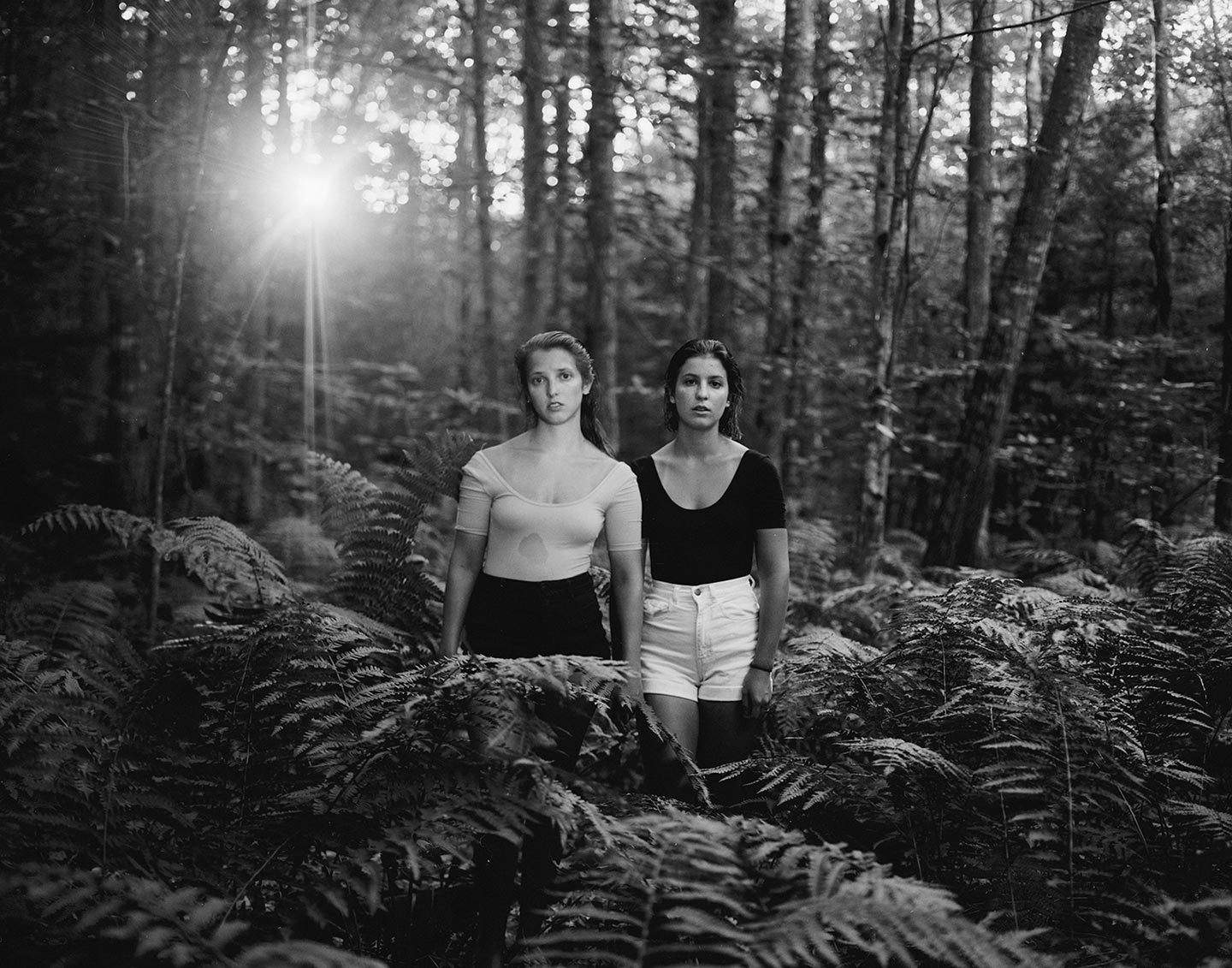
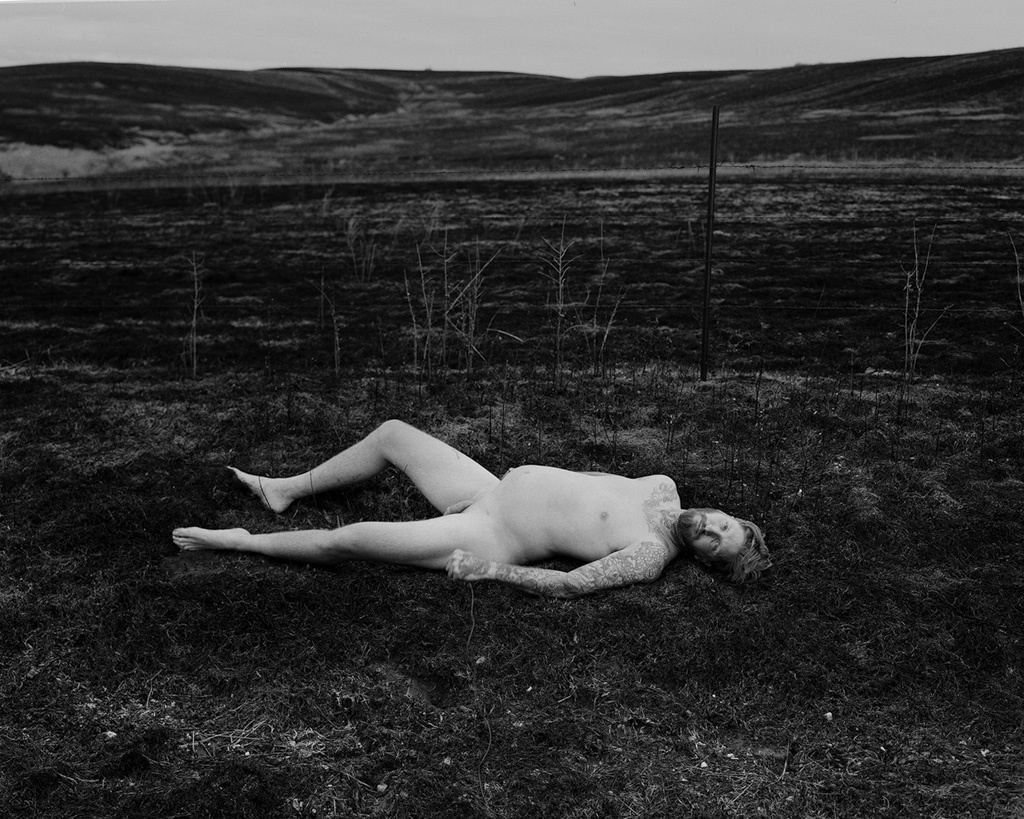

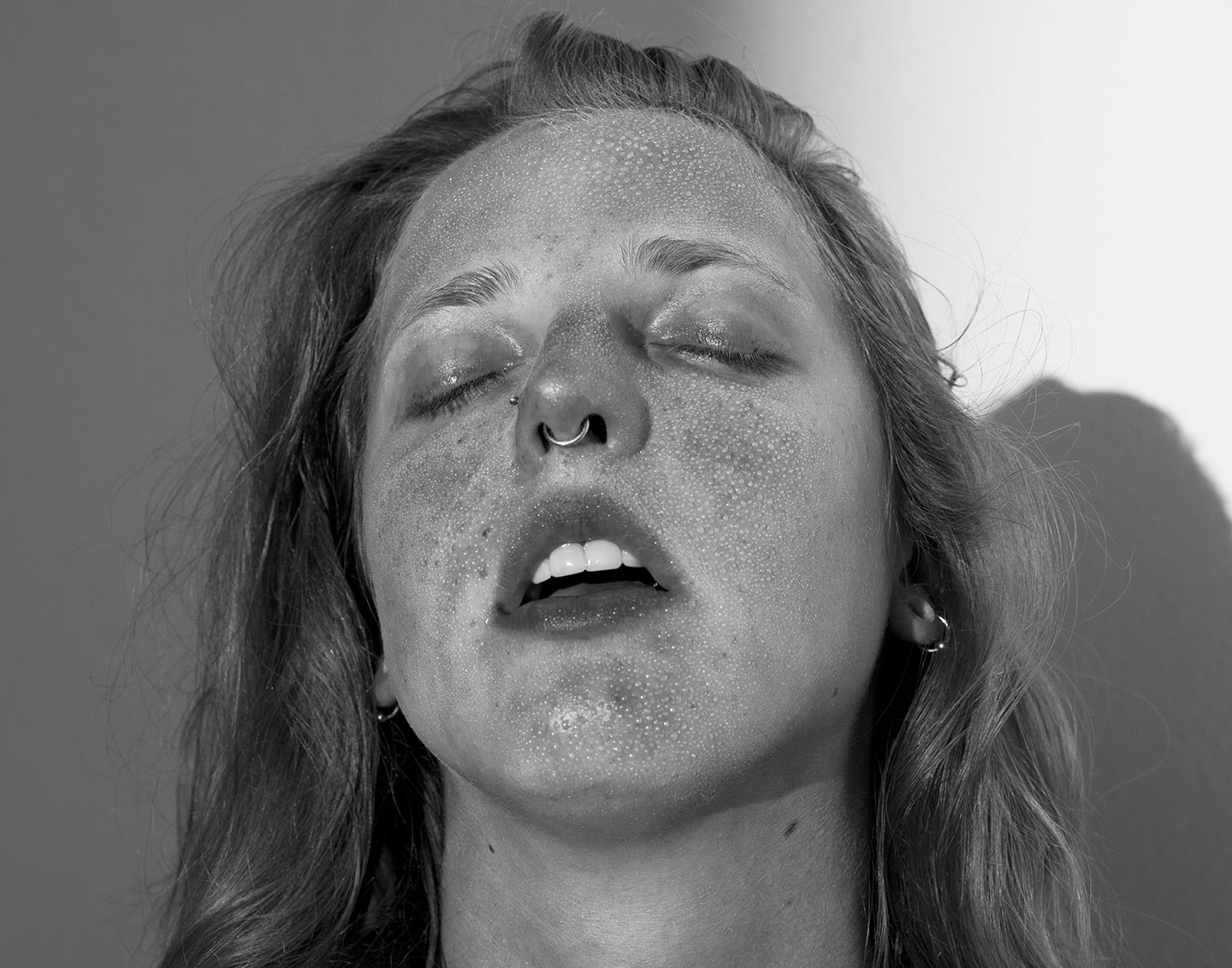
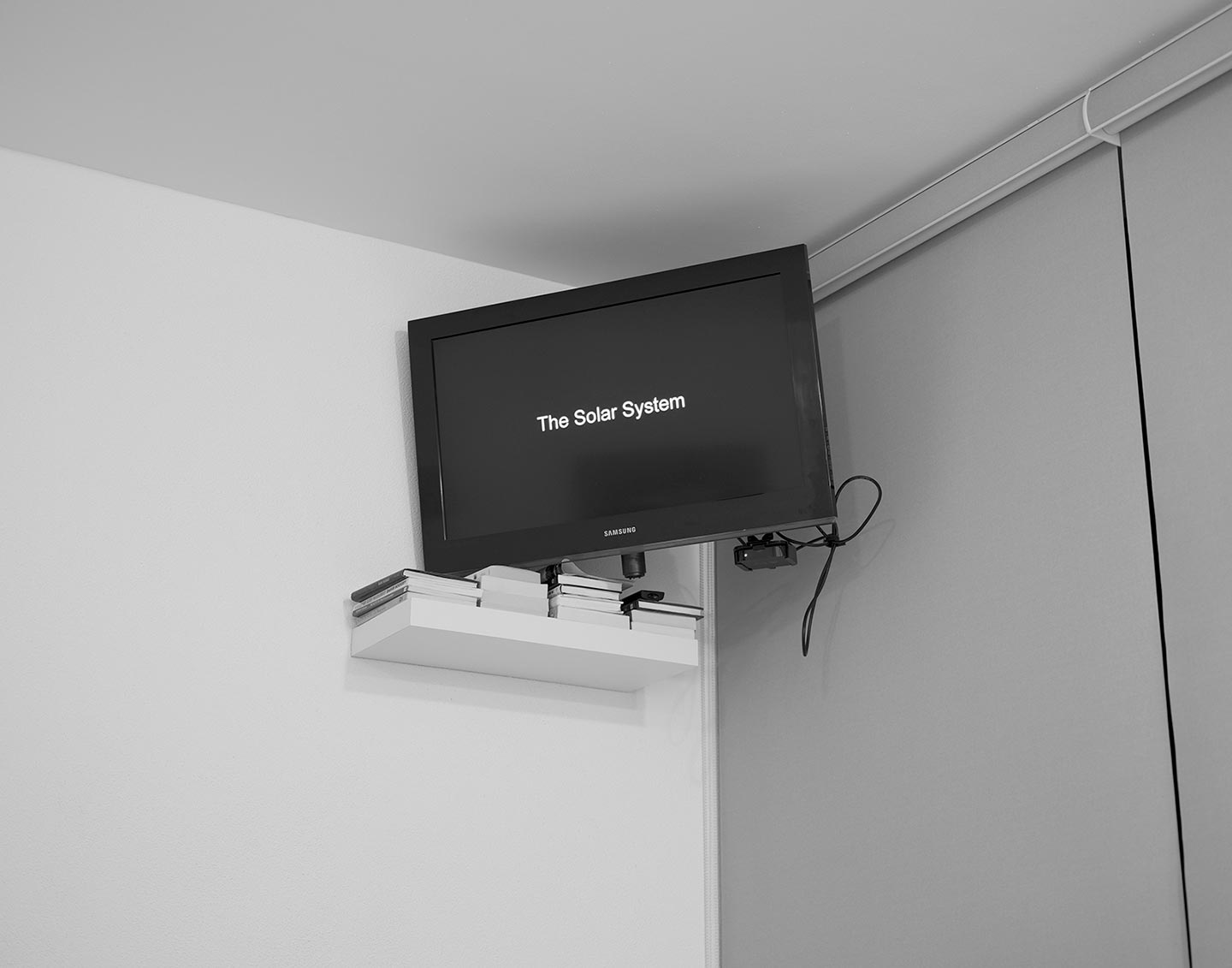
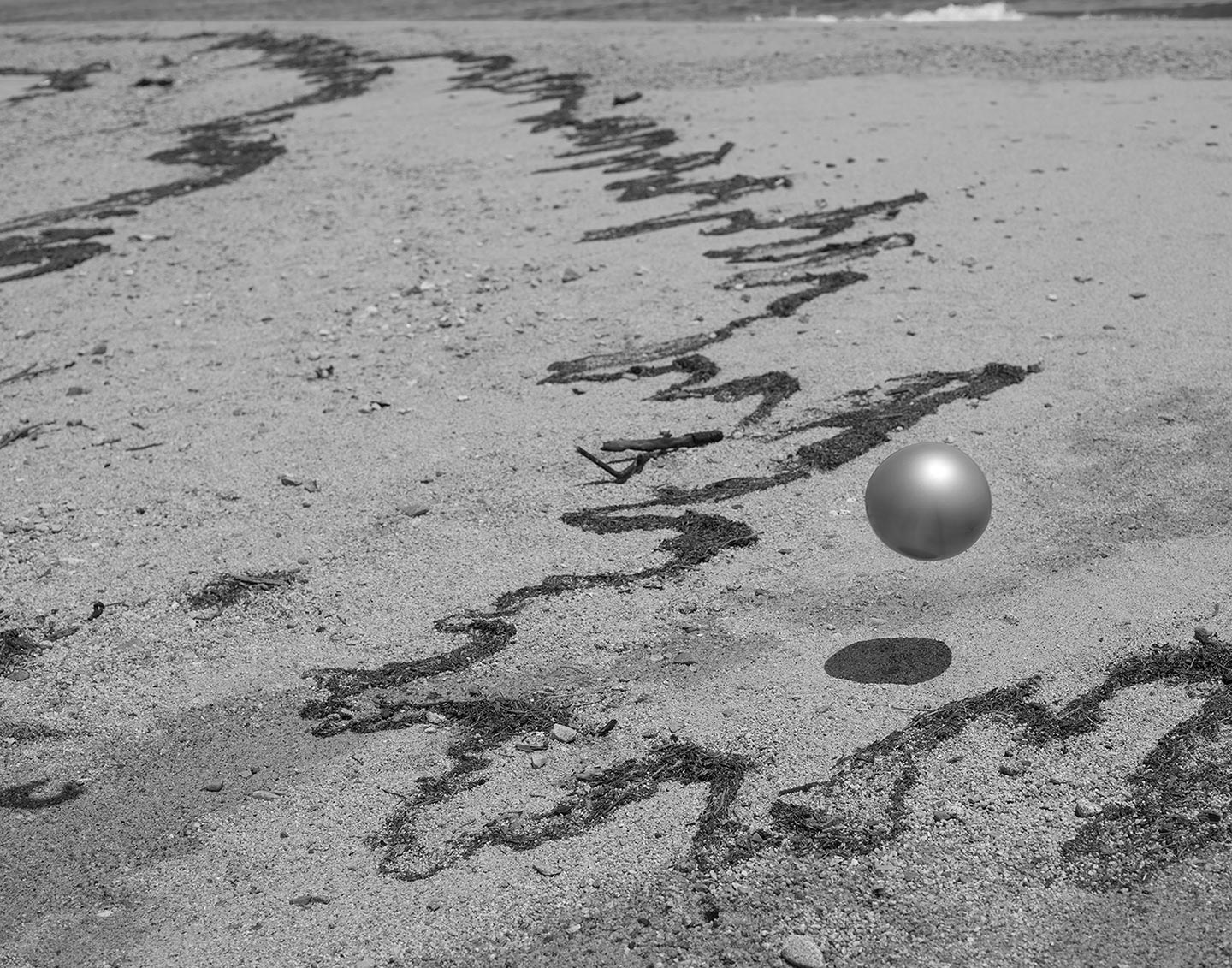
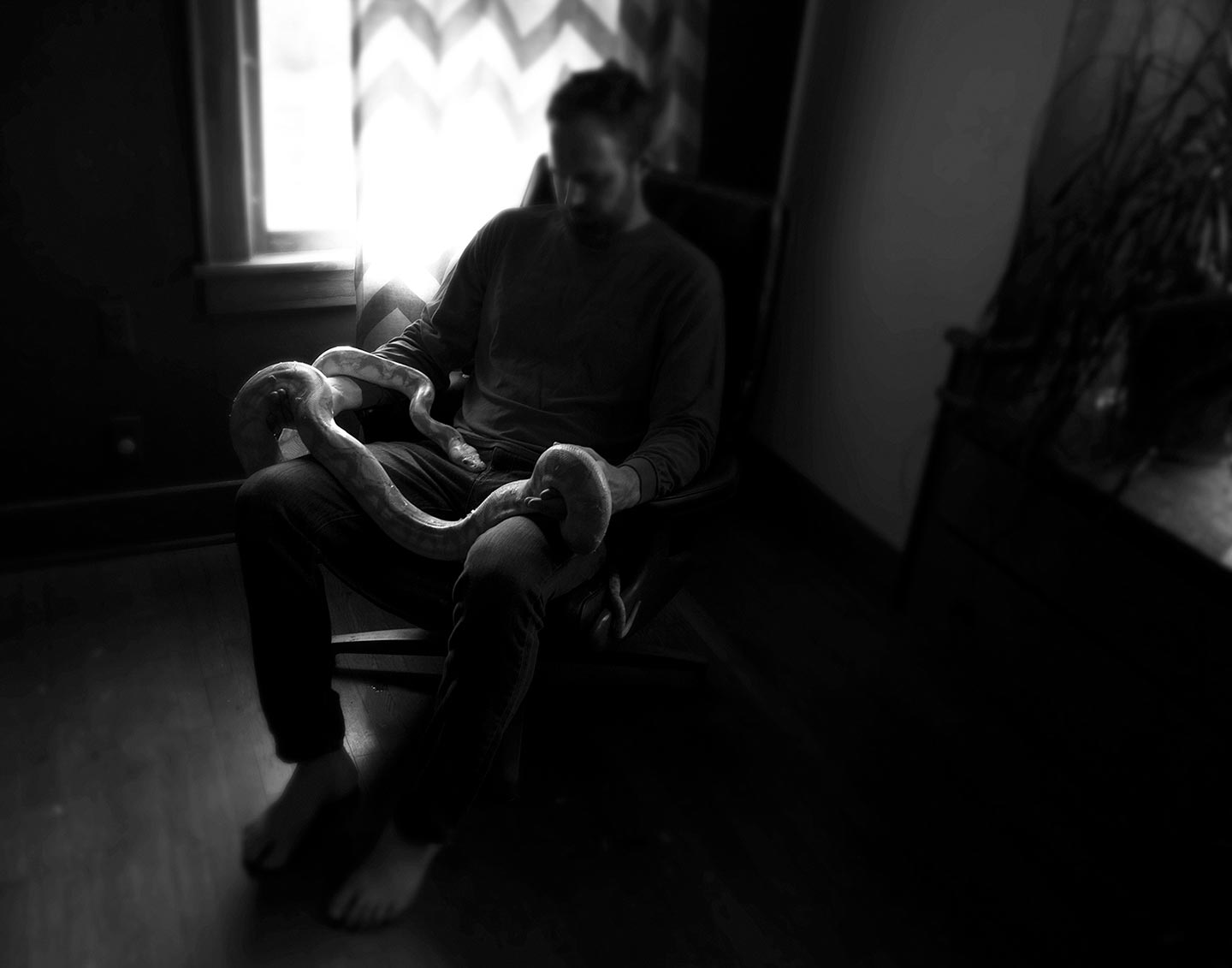
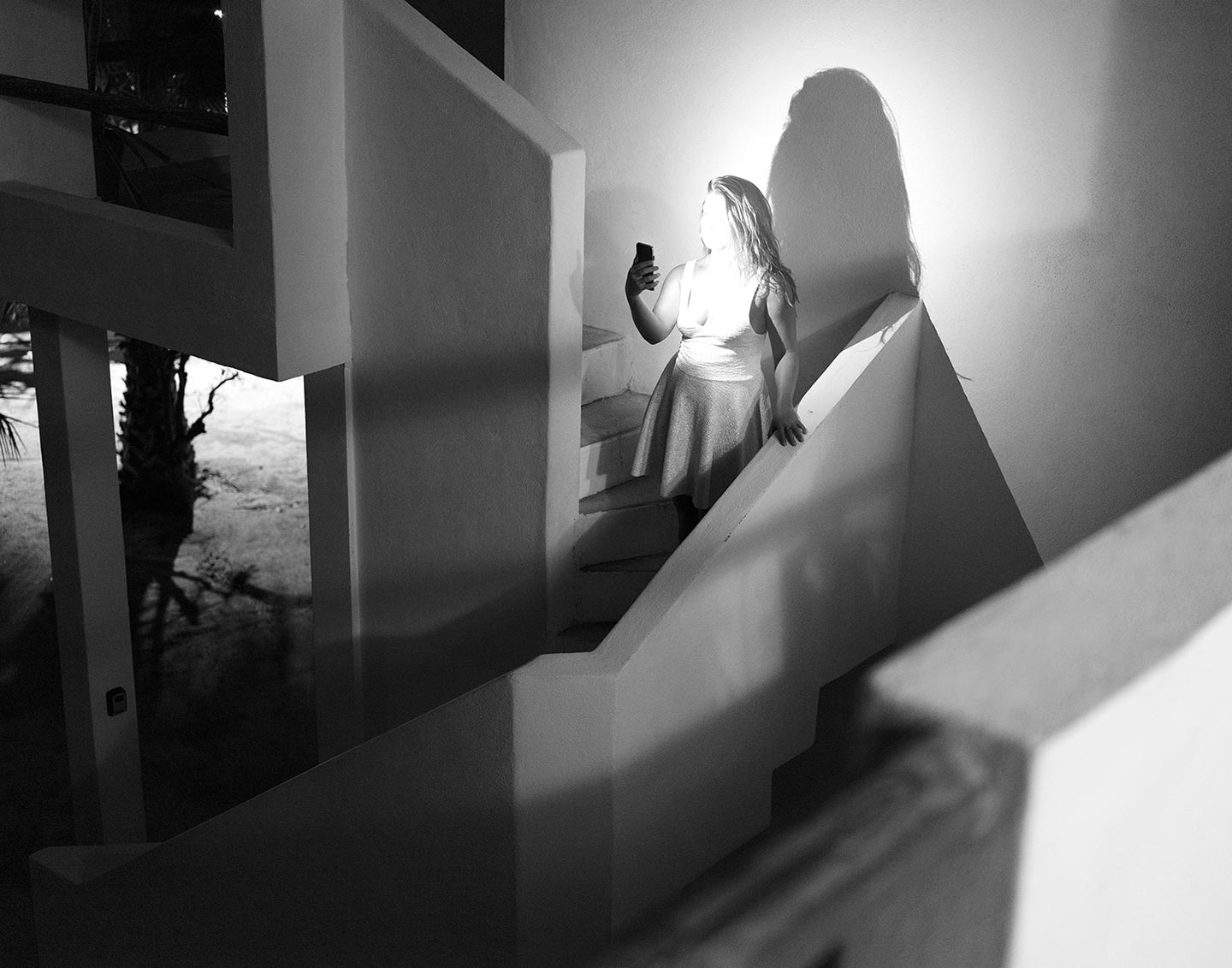
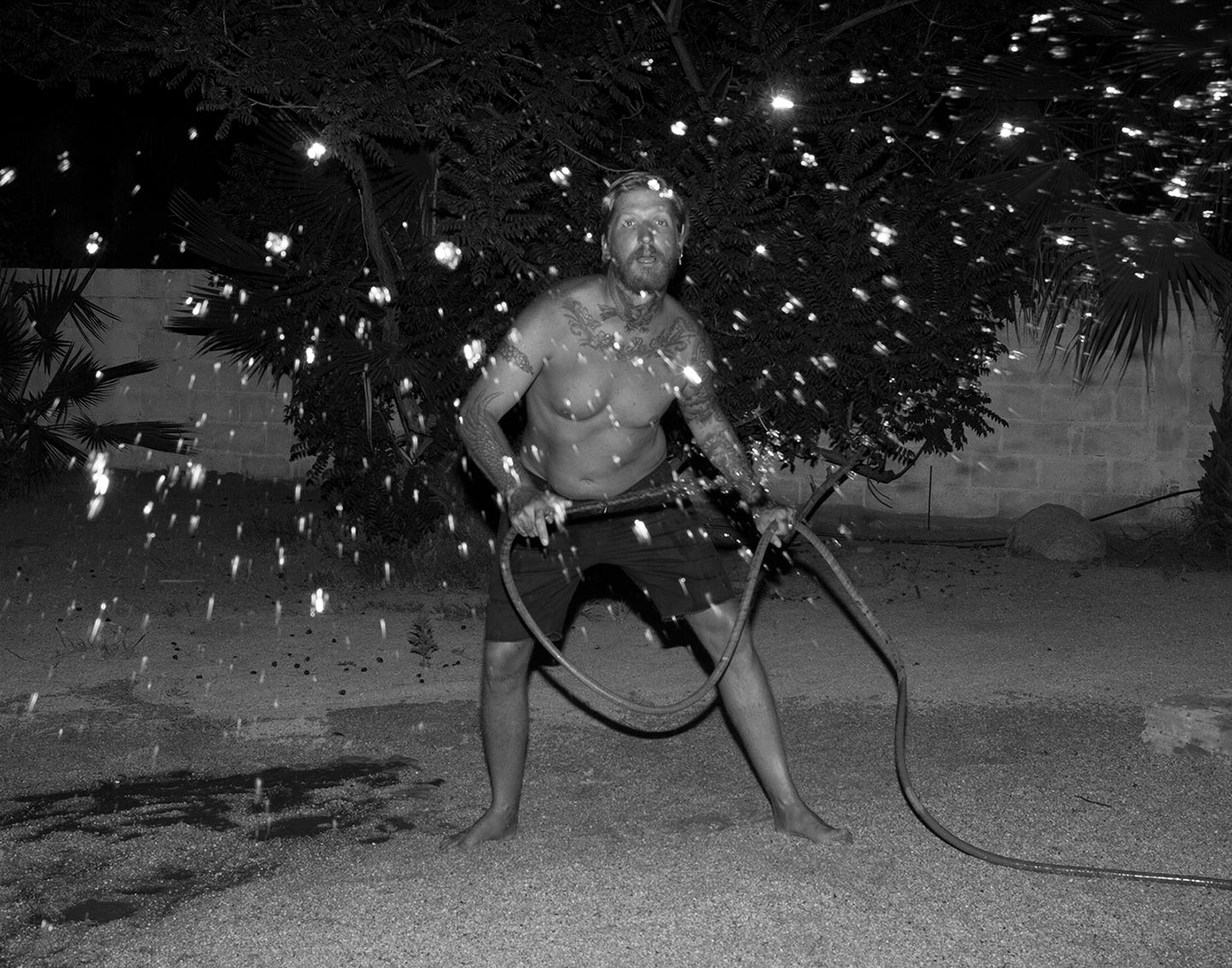
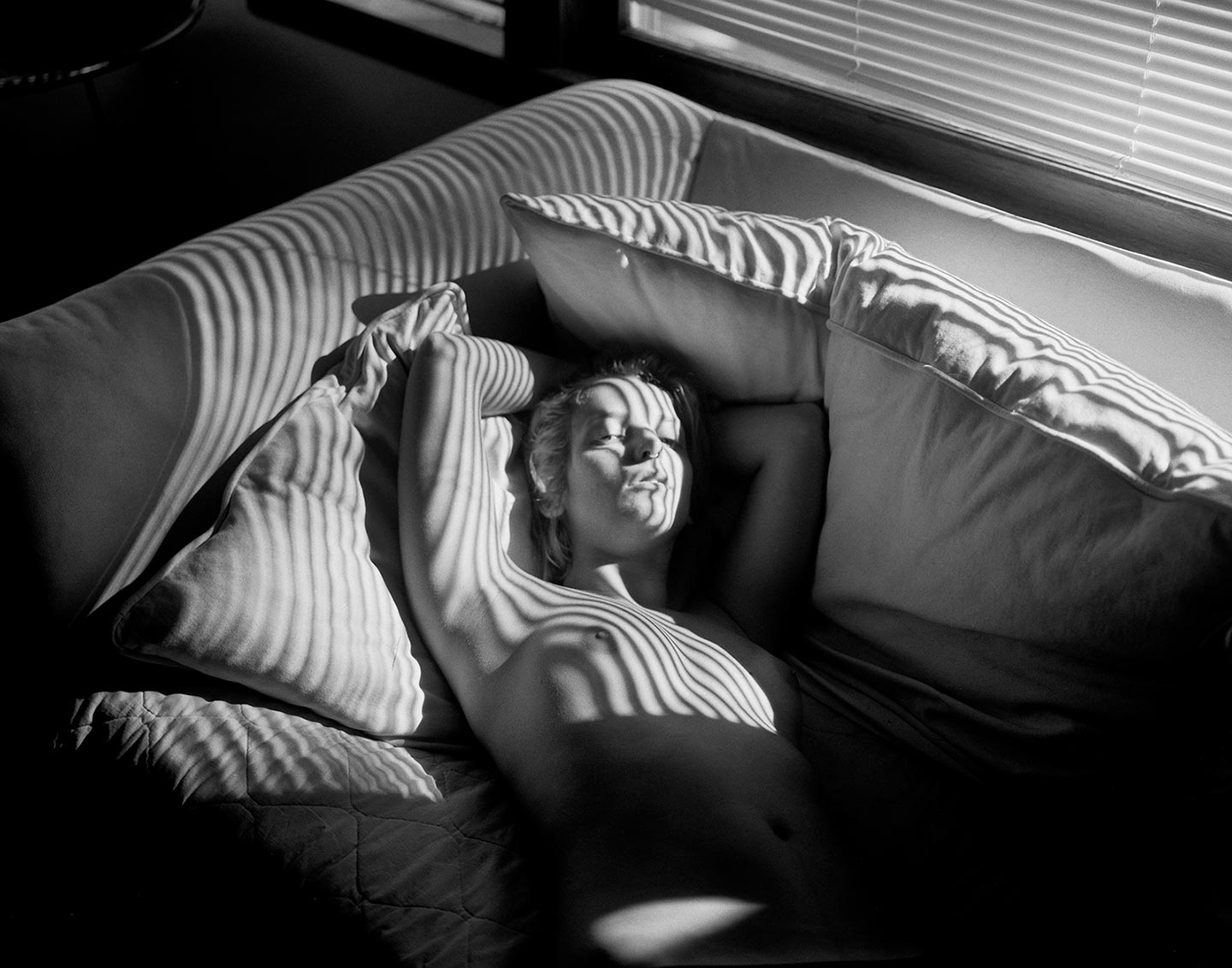
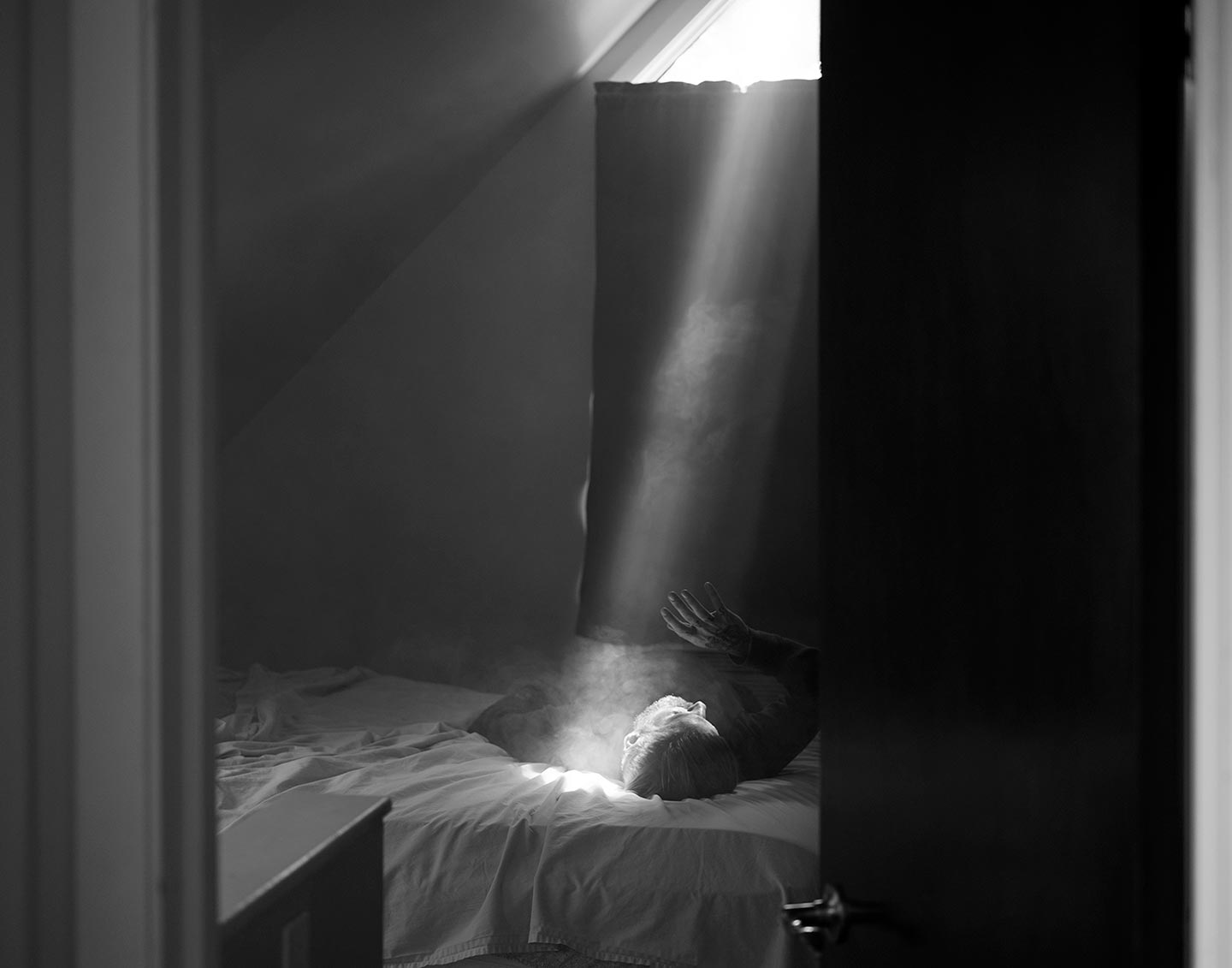
Premiere your new work on FotoRoom! Show us your unpublished project and get featured in FotoFirst.
Typical families have typical photo albums displaying images of the family members huddling together, smiling at the camera, perhaps with a vacation spot in the background. 41 year-old American photographer Daniel Coburn‘s was not a typical family, and so in Becoming a Specter, the series that Daniel defines his “very personal family album”, you will find images that are actually quite hard to describe as family pictures. But that doesn’t matter: what matters is the images—short part digitally, part on film, part on mobile—are beautifully enigmatic, and therefore beautifully interesting.
Hello Daniel, thank you for this interview. Please introduce us to Becoming a Specter.
For the past ten years I have used photographs to dismantle the construct of the ideal family. My family history is haunted by tragic events related to domestic violence, suicide, and alcoholism. I believe that it is healthy for families to confront the realities of domestic life, so I set out to create a series of family photo albums that provide a challenging supplement to the over-idealized editions that appear in many family archives.
It has become difficult to separate my life from my work, so this project is much more self-referential than previous endeavors. I have never been a person who has led a conventional lifestyle. I have never subscribed to the concept of the American Dream. In Becoming a Specter I have assembled my own, very personal family album—a complicated reflection of my life thus far. This project is designed to map a psychological territory.
What inspired Becoming a Specter, and what was your main intent in creating this series?
Since the publication of my last book, The Hereditary Estate, I have been using the camera to simply react to the world around me. I believe that artists function as a mirror: we absorb what is happening, process these events through our own psychological filter, and then project our perspective back onto the world. I have been deeply affected by what is happening politically in the United States, so I often describe this project as a visual anxiety attack. I create pictures out of a deep concern for my friends, and my loved-ones. I want to expand the perimeter of visual information that could potentially be included in a new, more honest, version of the family album.
How do the images of Becoming a Specter reflect your ideas behind the project?
The world is a strange place these days. The air of uncertainty and anxiety is palpable amongst my friends and acquaintances. I’ve never felt like this before, so I am trying to make images like those that I’ve never seen. They are designed to be strange, uncanny, confusing, and relatively disturbing. I consider this project an attempt to map the interior, to transform my thoughts, dreams, and fears into something tangible.
I believe in the magic of photography and it’s ability make the invisible, visible. I still believe in the power of the still image. A photograph allows us to trace a moment so we can ponder, appreciate, and scrutinize an instant in perpetuity. Becoming a Specter functions as a family album, but it is also about the medium of photography.
Did you have any specific references or sources of inspiration in mind while working on Becoming a Specter?
The title of this project references a passage by Roland Barthes from his book, Camera Lucida. Barthes provides an account of being photographed; during the process he experiences what he refers to as a “micro-version of death” and proclaims that he is “becoming a specter.”
We often use photography as an attempt to achieve immortality—the camera has become a contemporary pool of Narcissus. This project investigates our understanding—and misunderstanding—of what a photograph can accomplish.
How do you hope viewers react to Becoming a Specter, ideally?
Ultimately, I am trying to push the language of photography— I am trying to expand our visual vocabulary.
All of my work is designed to encourage communication. My family was far from perfect: we never quite fit within the paradigm of the ideal family. Over the past decade, we have worked in partnership to set the record straight. I hope this work encourages people to engage in a deeper conversation with their loved ones about important topics. I hope families will have the courage to address difficult issues in an effort to halt a generational cycle of trauma. I hope people have a deeper appreciation for the medium of photography.
What have been the main influences on your photography?
I’ve had great teachers. My undergraduate mentor, Marydorsey Wanless, encouraged me to “let go” of the camera. She underscored the importance of harnessing the technical nuances of the camera, but also encouraged me to embrace serendipity. My friend and mentor, Kirsten Pai Buick, nurtured me toward consciousness and helped me begin to see the world from a critical perspective. The chair of my MFA committee, Jim Stone, suggested that I do something “important with my work” instead of focusing on innovation. This variety of perspectives shaped my practice and continues to inform my work on a day-to-day basis.
Who are some of your favorite contemporary photographers?
Fundamentally I am still inspired by the work of Sally Mann, Ralph Meatyard, Arthur Tress, Les Krims, Emmet Gowin and Duane Michals. I love the work of Tina Barney, Betty Hahn, Natalie Krick, Rachel Jump, Joel-Peter Witkin, Patrick Nagatani, Roger Ballen, Nan Goldin, Richard Billingham, and Leigh Ledare.
I also find inspiration in other forms of art besides photography. I would say I have been tremendously influenced by painters such as Eric Fischl, Cy Twombly, Lucian Freud, and Andrew Wyeth, to name a few. Film-makers like David Lynch and Stanley Kubrick have influenced my creative practice as well.
What’s the last photobook you bought?
I recently purchased The Ballad of Sexual Dependency by Nan Goldin. I checked it out many times from university libraries, so I thought that it was time to finally own a copy. Goldin said, “The Ballad of Sexual Dependency is the diary I let people read.” That statement has always resonated with me, and I think about it when I make photographs or edit new projects.
Choose your #threewordsforphotography.
Family. Trauma. Archive.
Keep looking...

Open Call — Enter ‘Visual Storytelling’ and Participate in the 10-month AnzenbergerMasterclass (with Final Exhibition)
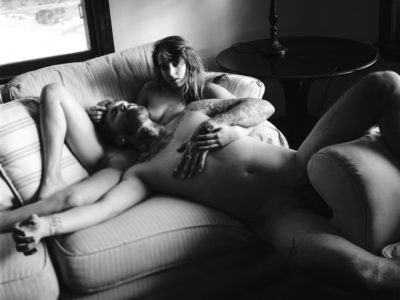
Most Seen Series of April 2017
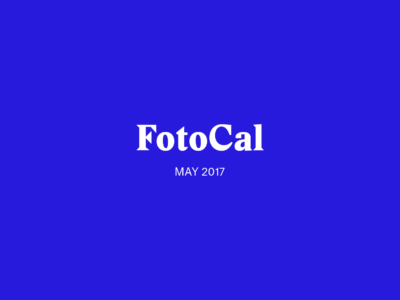
FotoCal — Photography Awards, Grants and Open Calls Closing in May 2017
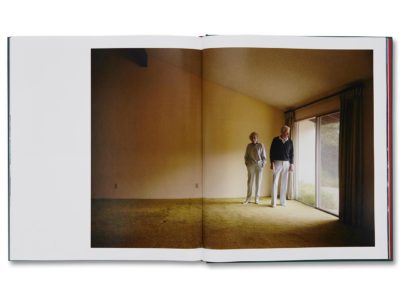
Photobook Giveaway — Larry Sultan’s ‘Pictures from Home’ (new edition by MACK)
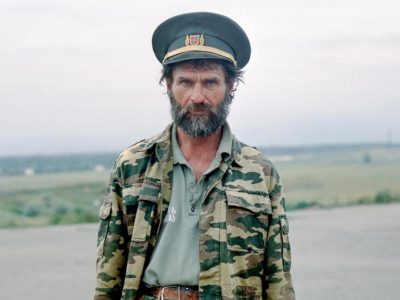
FotoFirst — Welcome to Vaziani, a Soviet Utopia Fallen from Grace
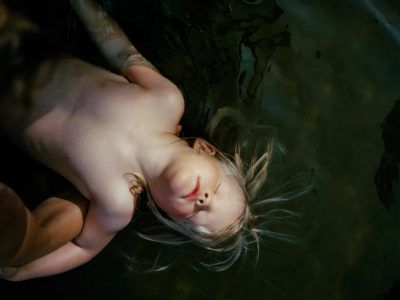
Black Seasons — Julien Coquentin Dives Into the Misty Landscapes of His Childhood
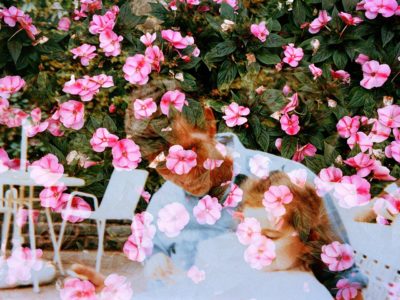
Beloved Curve — Using Double Exposures, Sarah Amy Fishlock Reflects on the Cycle of Life
